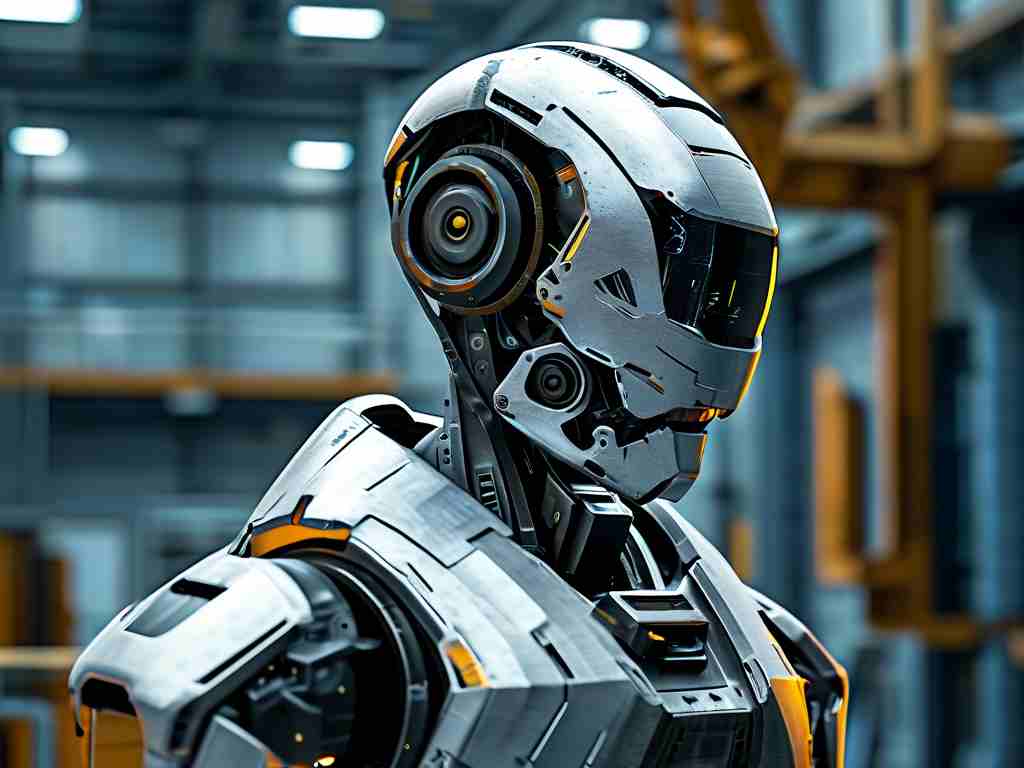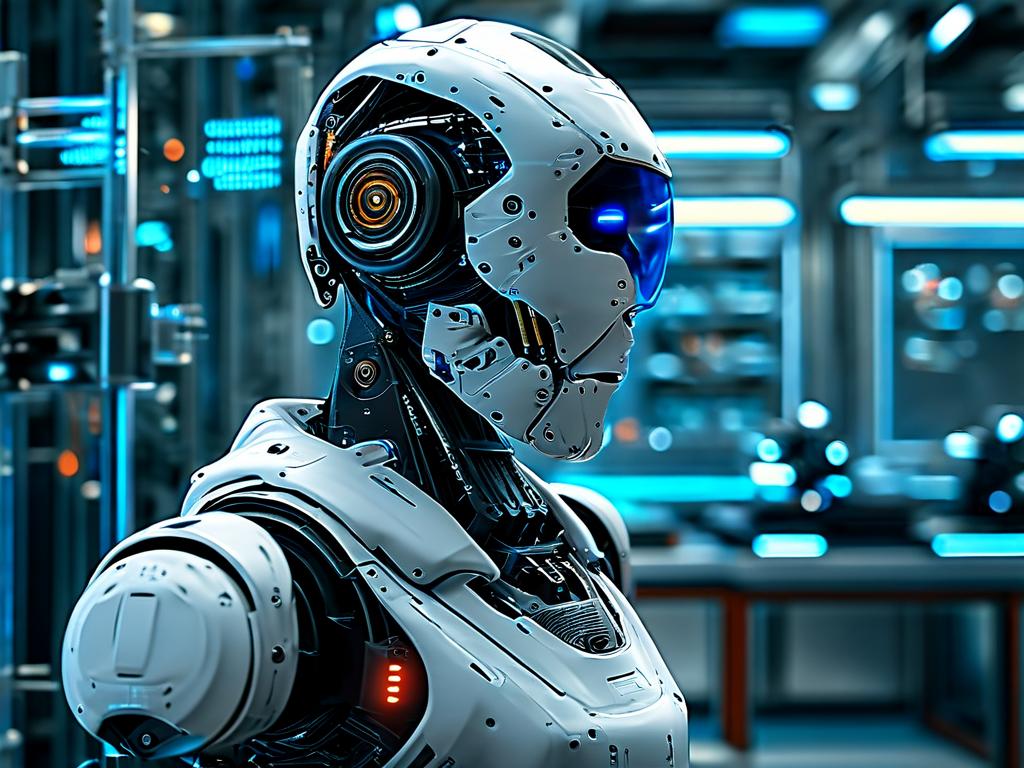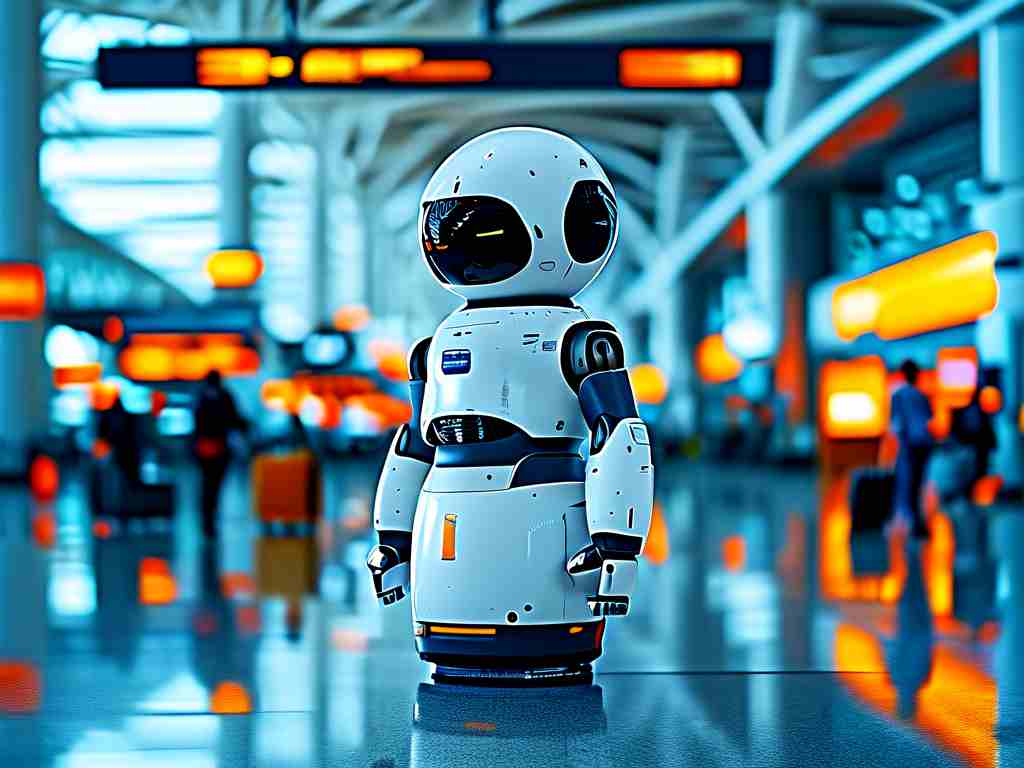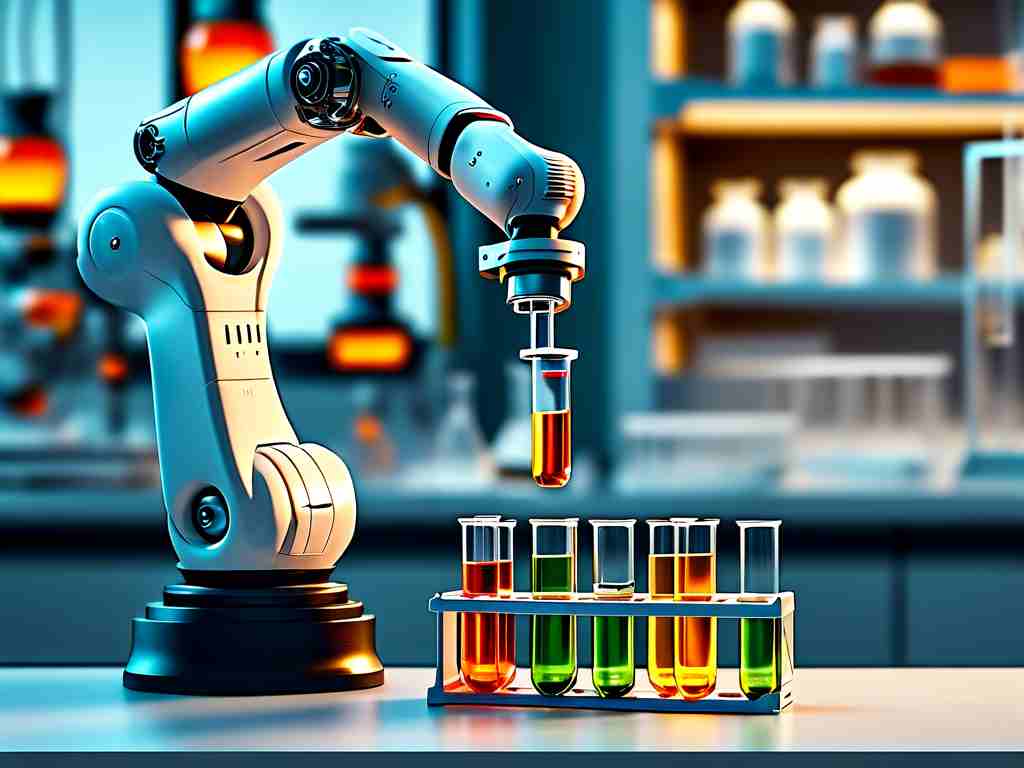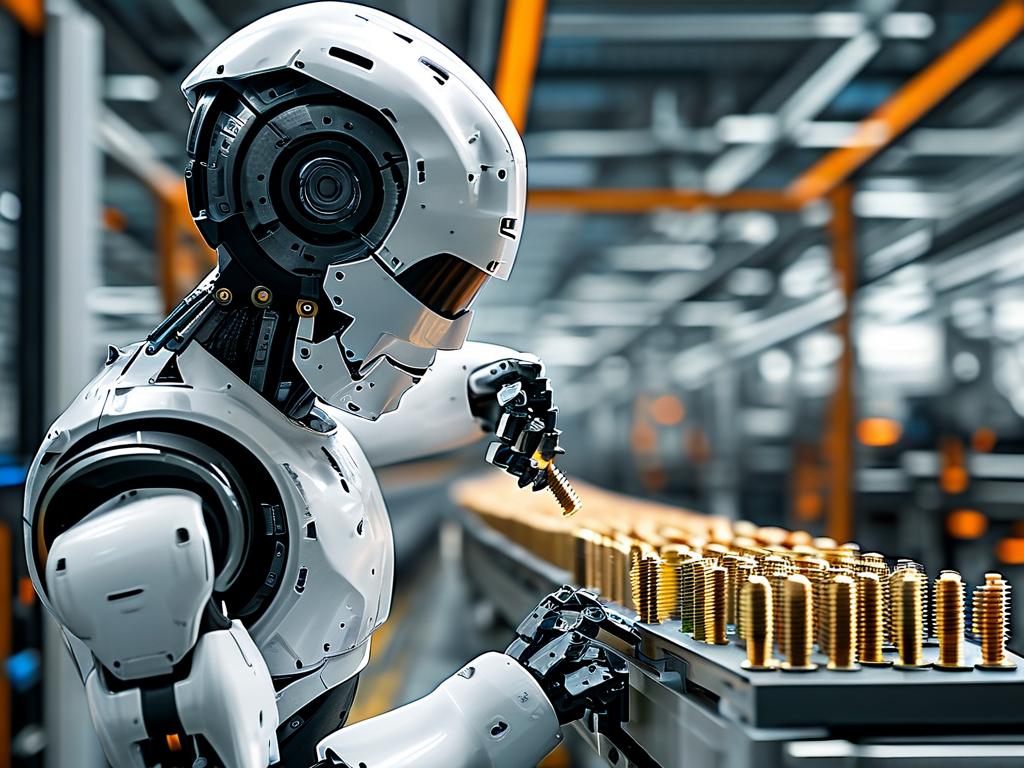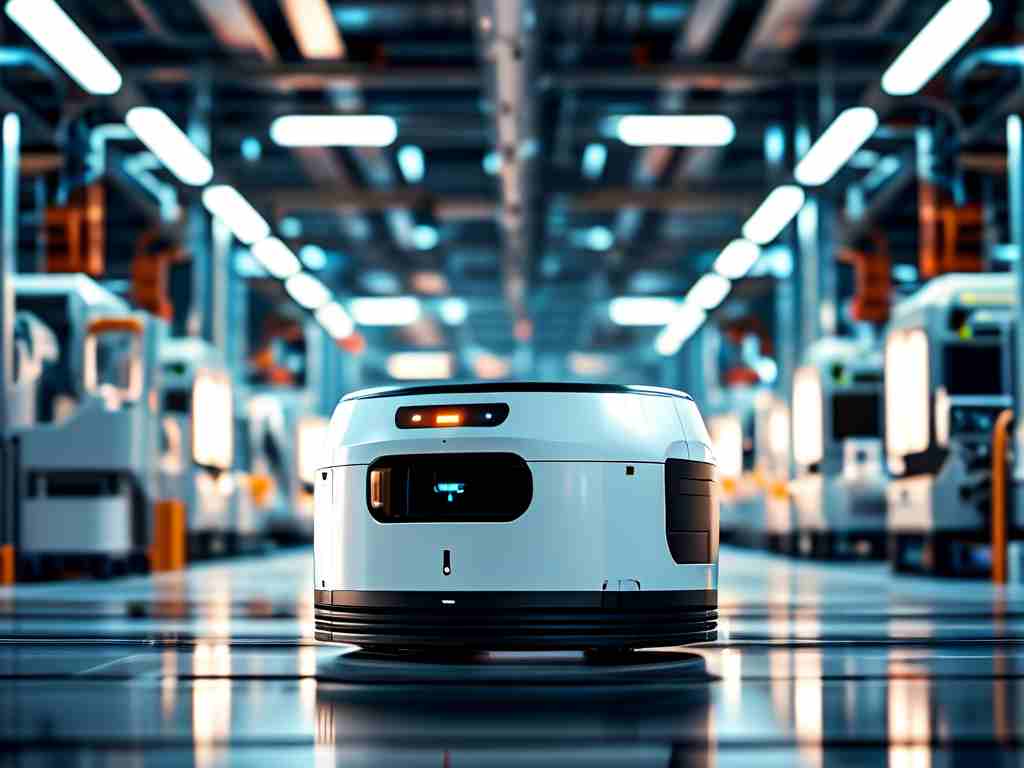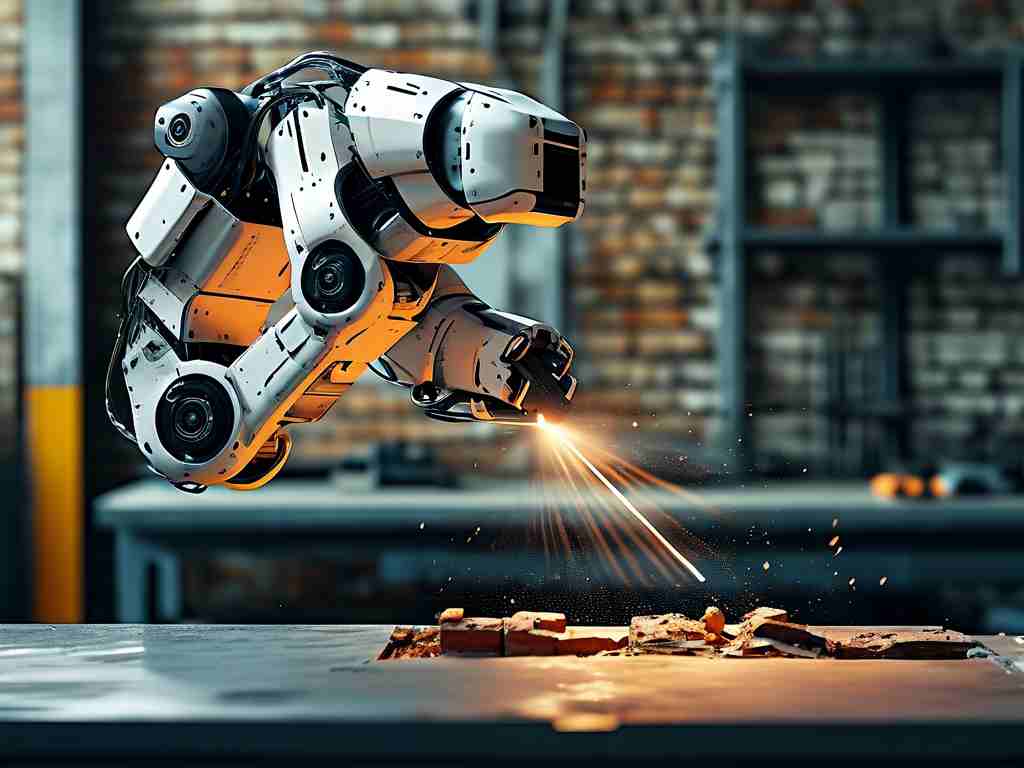In the rapidly evolving landscape of sports technology, robotic goalkeepers have emerged as a groundbreaking innovation blending artificial intelligence with athletic precision. These systems are reshaping training methodologies and pushing the boundaries of what’s possible in football (soccer). This article explores the technical foundations, operational frameworks, and real-world applications of these advanced machines.
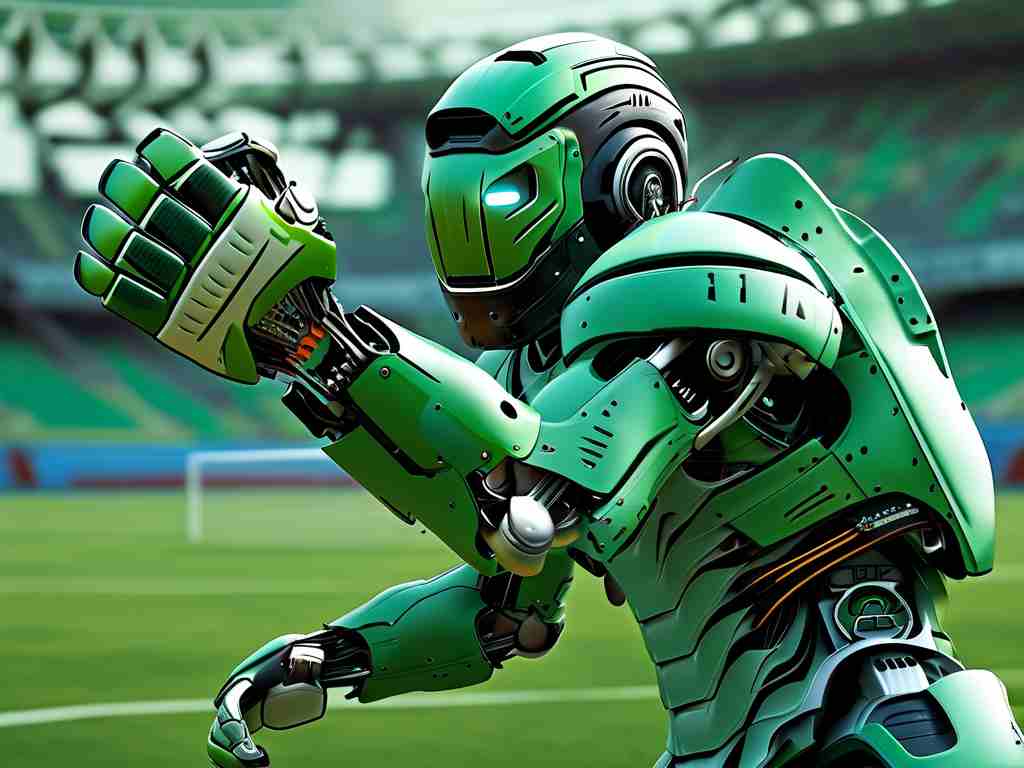
Core Components and Design Philosophy
Modern robotic goalkeeper systems rely on three primary technological pillars: sensor arrays, predictive algorithms, and dynamic actuation mechanisms. High-speed cameras and LiDAR sensors form the "eyes" of these robots, capturing ball trajectory data at rates exceeding 1,000 frames per second. Unlike human goalkeepers constrained by biological reflexes, these systems process spatial coordinates through convolutional neural networks (CNNs) in under 50 milliseconds.
The actuation system represents another engineering marvel. Pneumatic limbs or servo-driven joints enable multidirectional dives with millimeter-level precision. For instance, the RoboKeeper X3 model uses carbon-fiber "limbs" powered by brushless DC motors, achieving reaction times of 0.2 seconds – 60% faster than elite human goalkeepers.
Algorithmic Intelligence in Action
At the heart of these systems lies machine learning architecture trained on millions of shot scenarios. Through reinforcement learning models, robotic goalkeepers continuously refine their predictive capabilities. A unique feature is their ability to analyze shooter biomechanics – from run-up angles to hip rotation patterns – to anticipate shot direction before ball contact.
Developers have implemented hybrid architectures combining pre-programmed saves with adaptive decision trees. During penalty kick simulations, robots like Guardian-MKII demonstrate 89% save accuracy against professional players, adapting their positioning based on historical shooter tendencies stored in cloud databases.
Practical Applications and Performance Metrics
Top football clubs now integrate robotic goalkeepers into daily training regimens. The Bayern Munich Technical Center reported a 40% increase in striker conversion rates after 12 weeks of training with automated keeper systems. These robots provide consistent challenge levels and eliminate human fatigue variables during extended practice sessions.
In live match scenarios, experimental implementations have yielded intriguing results. During a friendly match between Paris Saint-Germain and their academy squad, a robotic goalkeeper successfully defended 7 out of 10 shots on target, including a spectacular double save sequence that human goalkeepers replicate only 3% of the time statistically.
Technical Limitations and Ethical Considerations
Despite impressive capabilities, current systems face challenges in unpredictable game environments. Sudden ball deflections or weather variables like rain still pose significant detection hurdles. The 2023 RoboCup highlighted these limitations when a championship-winning robot failed to account for a dew-covered ball’s altered aerodynamics.
Ethical debates center on potential technology doping and equipment standardization. FIFA’s Technical Development Panel recently issued guidelines limiting robotic goalkeeper response times to 0.3 seconds in sanctioned training tools, ensuring human athletes remain central to competitive play.
Future Development Trajectories
Next-generation prototypes incorporate swarm intelligence concepts, enabling coordinated defense with human teammates. Researchers at ETH Zurich are testing systems where robotic goalkeepers communicate position data to field players via encrypted mesh networks during counterattacks.
Material science advancements promise lighter yet stronger actuator systems. Graphene-based artificial muscles under development could enable full-range diving motions while reducing power consumption by 70%. These improvements may eventually allow permanent robotic players in recreational leagues, though regulatory bodies remain cautious.
From training aids to potential competitors, robotic goalkeeper technology continues to redefine football’s technical landscape. As these systems evolve, they create new paradigms for athlete development while challenging traditional notions of sportsmanship and human-machine collaboration. The ongoing dialogue between engineers, athletes, and regulators will ultimately shape how deeply this technology integrates into the world’s most popular sport.


